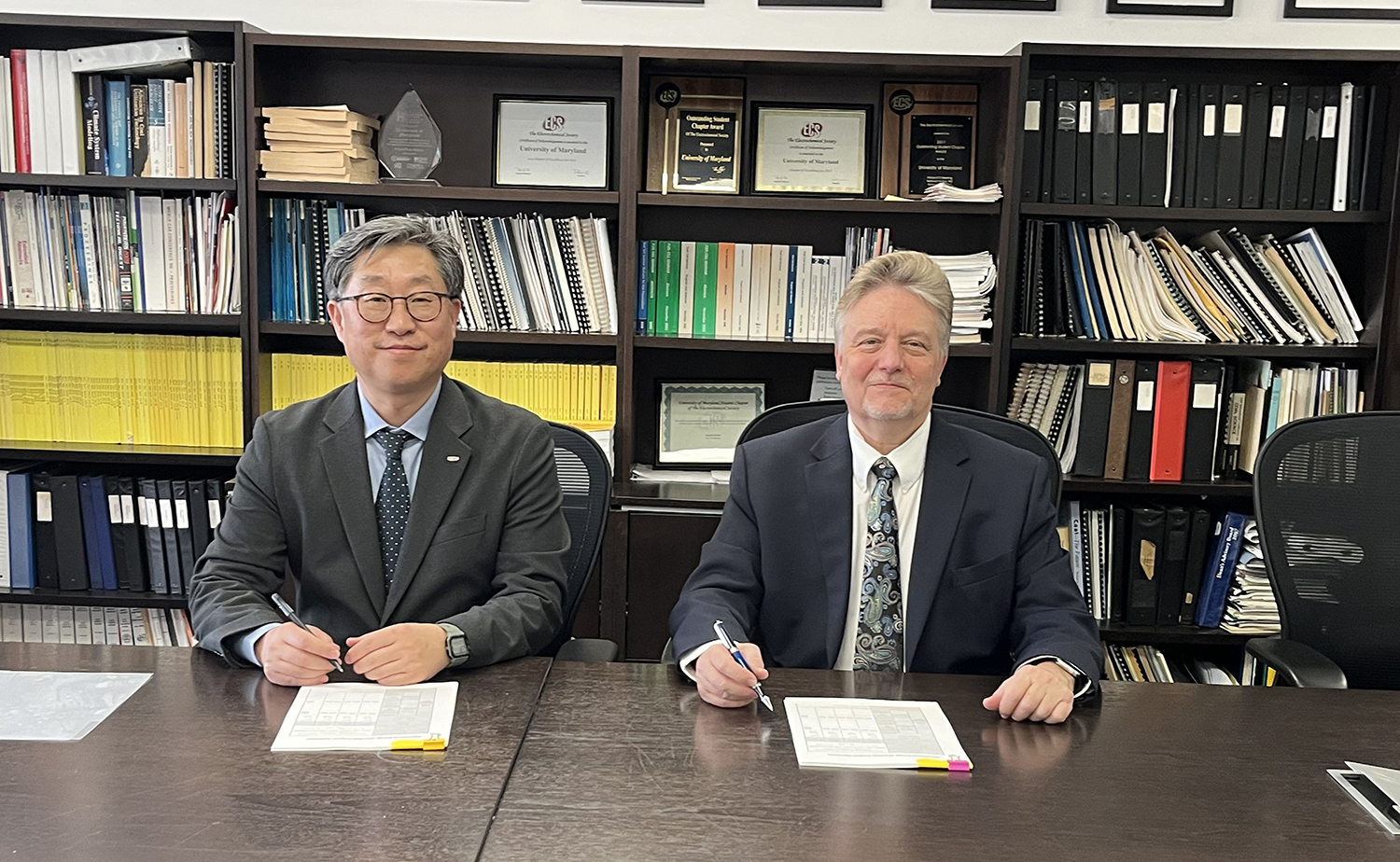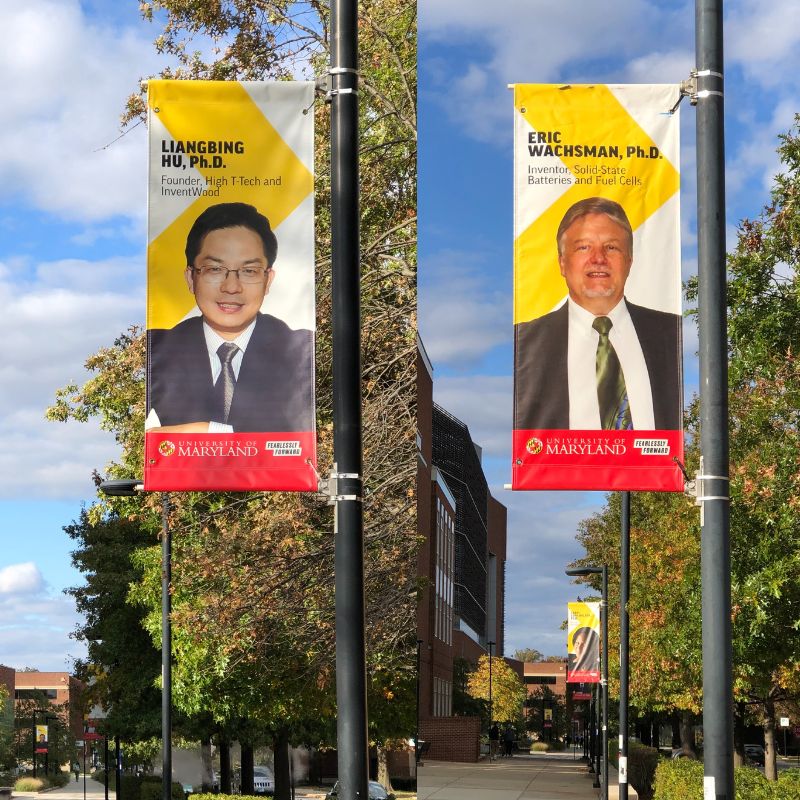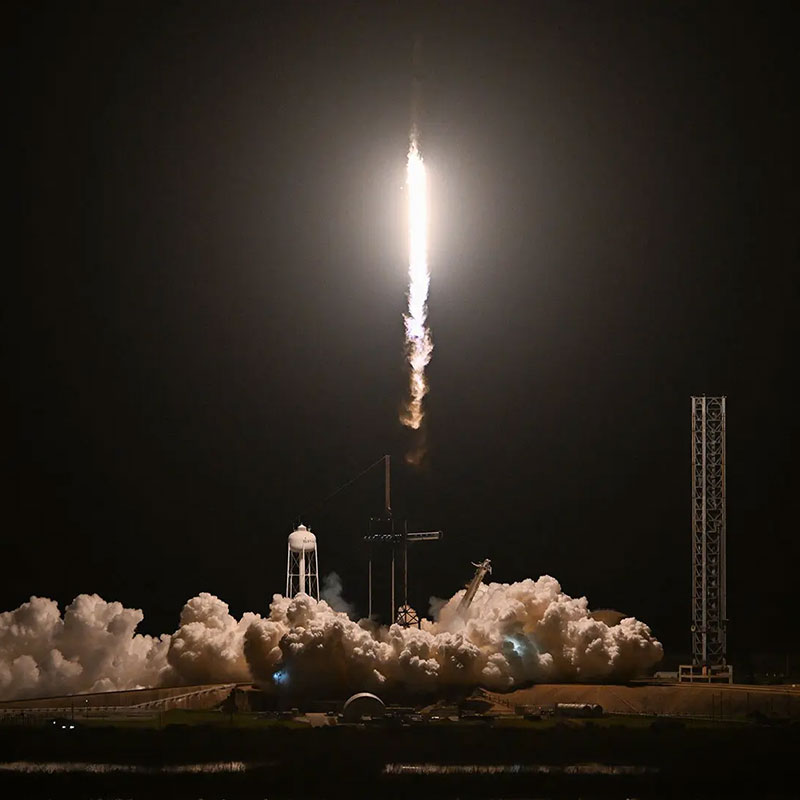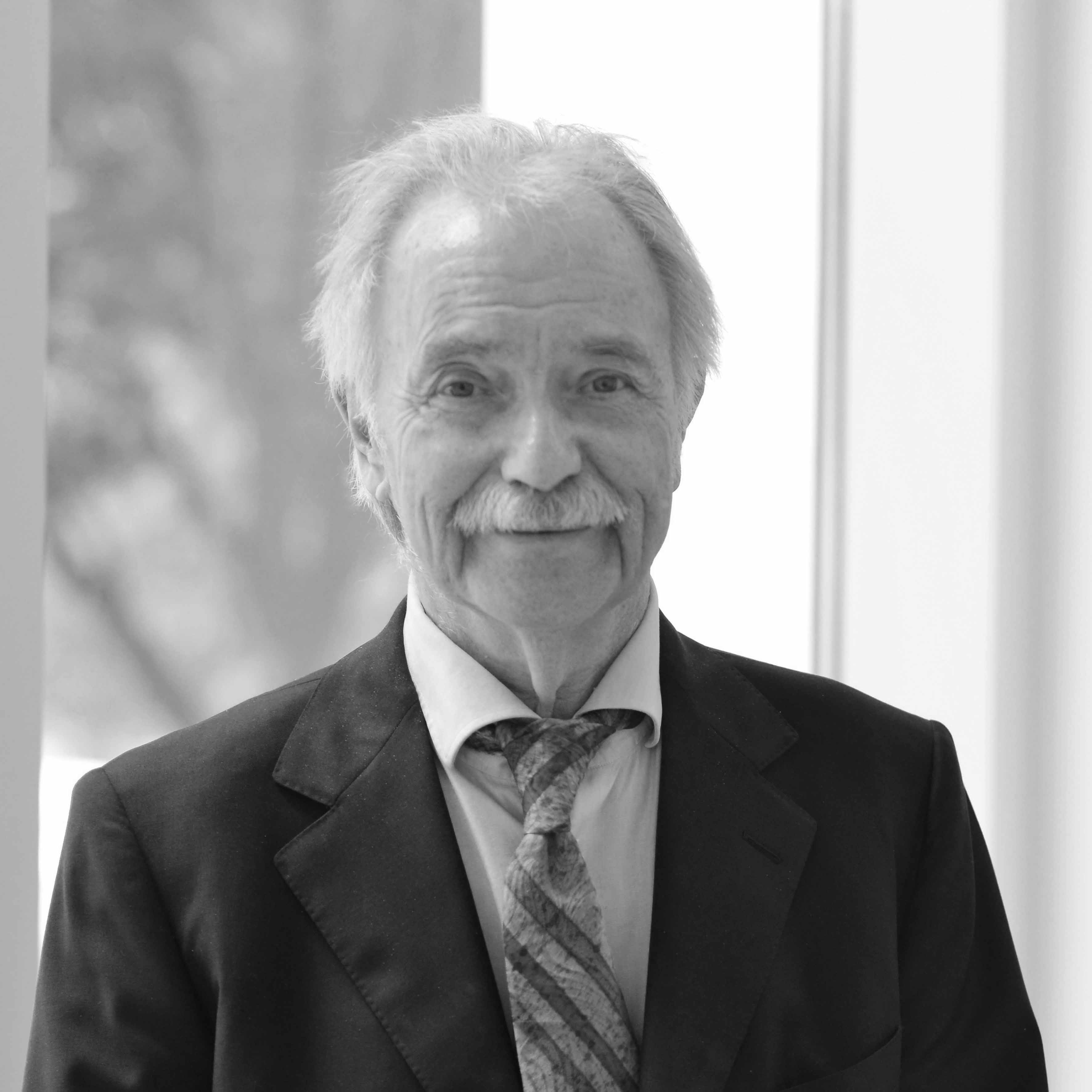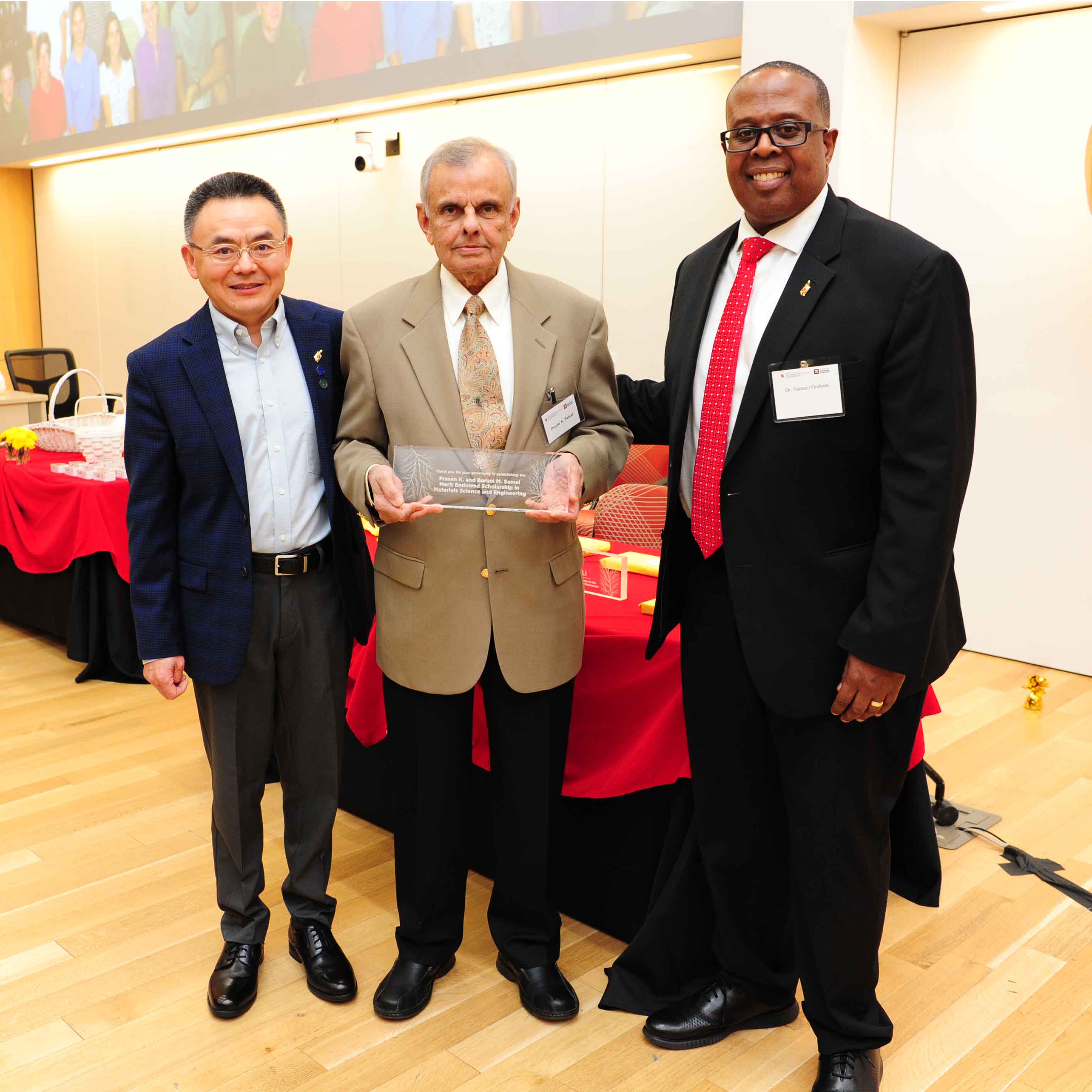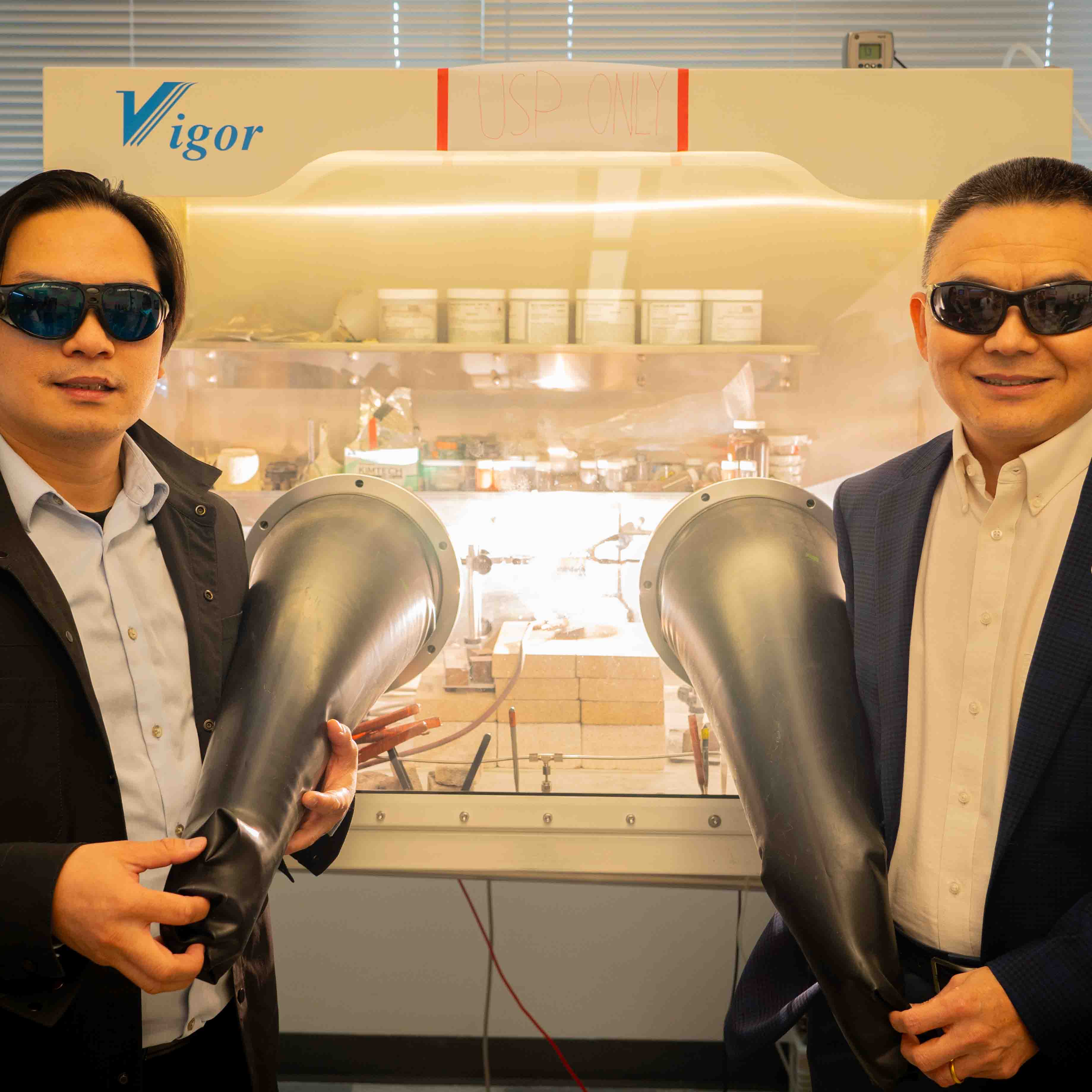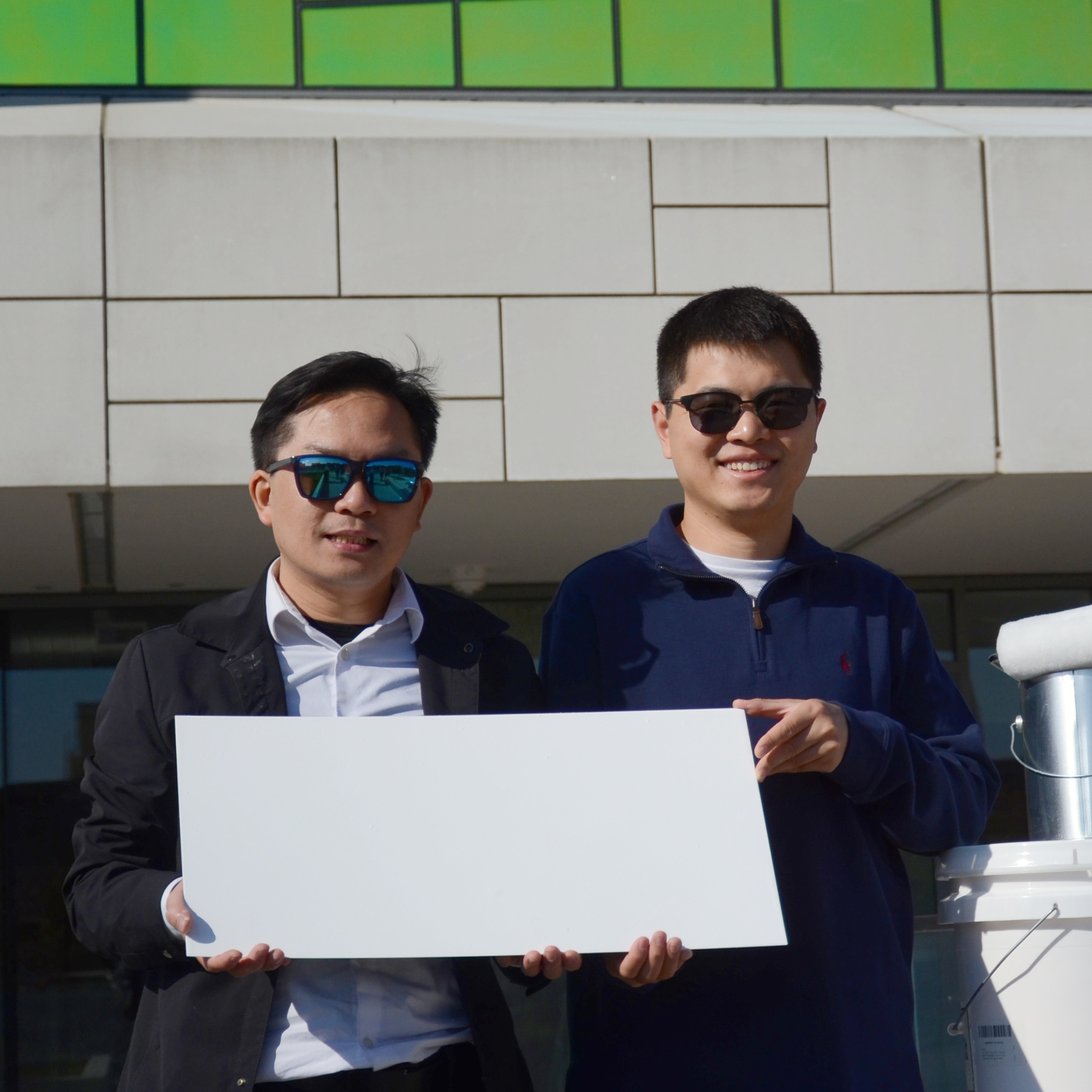News Story
Detecting Corrosion in Concrete for Highway Safety
Department of Materials Science and Engineering professor Mohamad Al-Sheikhly and affiliate professor Richard Livingston are co-PI's on a new highway safety project funded by an IDEA grant from the Transportation Research Board of the National Academies. The pair is developing a faster, non-destructive technique for detecting corrosion in concrete, particularly in roads, overpasses, and bridges.
Chlorides, or salts, are one of the leading causes of damage in roads and other highway structures, which receive repeated exposure from the salting in the winter, proximity to the ocean, or from being submerged in salt water (for example, bridge pilings).
In order to test a concrete structure for chloride exposure, and determine whether it is in need of replacement or repair, road crews must currently bore a hole in it and extract a core of material, which is then sent to a lab for analysis. Since the roads or structures are typically in use and heavy equipment is required to take the sample, workers often need to close lanes, snarling traffic. The lab results can take weeks to receive.
Al-Sheikhly and Livingston have proposed a device that would allow workers to conduct a test and receive results in the field, without having to drill for a sample, using what Al-Sheikhly describes as "a straightforward application of nuclear engineering." A device containing a neutron generator is used to "fire" neutrons—radioactive atomic particles—into the concrete. The neutrons react with any chloride present, bouncing back gamma ray signals that the device can interpret as a measure of how much chloride is in the concrete, and how deeply it has penetrated. "Within 20 minutes you have results," says Al-Sheikhly. "You don't have to dig, you won't cause any more damage, and the process costs a lot less. Any problems can be addressed before they get worse."
The use of radiation poses no danger to highway crews or passing motorists. "It's such a small amount," Al-Sheikhly explains. "Much less than your dentist would use to take an X-ray."
Al-Sheikhly and Livingston's project is featured in the current (Fall/Winter 2009) issue of Ignition,the Transportation Research Board's IDEA Program magazine.
For More Information:
Visit Professor Al-Sheikhly's homepage »
Visit the Graduate Program in Nuclear Engineering's web site »
Published October 9, 2009


